DCAP: Centralized Data Collection for AMR Utility Systems
DCAP is the central hub that collects, organizes, and relays wireless data from up to thousands of MDTs across the property, regardless of utility type.

DCAP Overview
DCAP serves as the central intelligence hub of the Automated Meter Reading (AMR) system, collecting and organizing data from various Meter Data Transceivers (MDTs) across the network. This centralized management system enables seamless integration of legacy meters, allowing properties to modernize their systems without requiring extensive infrastructure overhauls.
By transmitting data to the cloud in near real-time, DCAP empowers property stakeholders with timely insights into usage patterns and enhances billing accuracy. Its flexibility allows it to adapt to various deployment scenarios using Ethernet, WiFi, or cellular connectivity.
This device supports wireless ranges from 1 to 10 miles, with extended coverage via repeaters (Standard and MAX) for flexible deployment across diverse property layouts.
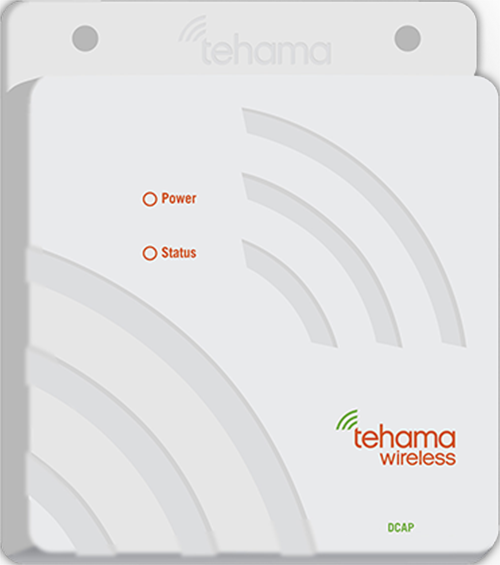
Benefits
DCAP is the core of Tehama Wireless’s AMR system, enabling efficient data collection and transmission.
- Integrates with various MDTs for seamless data collection across the network.
- Facilitates near real-time data access and reporting for timely decision-making.
- Offers flexible communication options, including Ethernet, WiFi, or cellular connectivity.
- Features a powerful embedded micro-computer for optimal performance.
- Stores six months of historical data for instant access to usage metrics.
- Provides customizable alerts for monitoring conditions and detecting anomalies.
Whether enhancing data management or improving operational efficiency, DCAP is an effective solution for modern utility oversight.
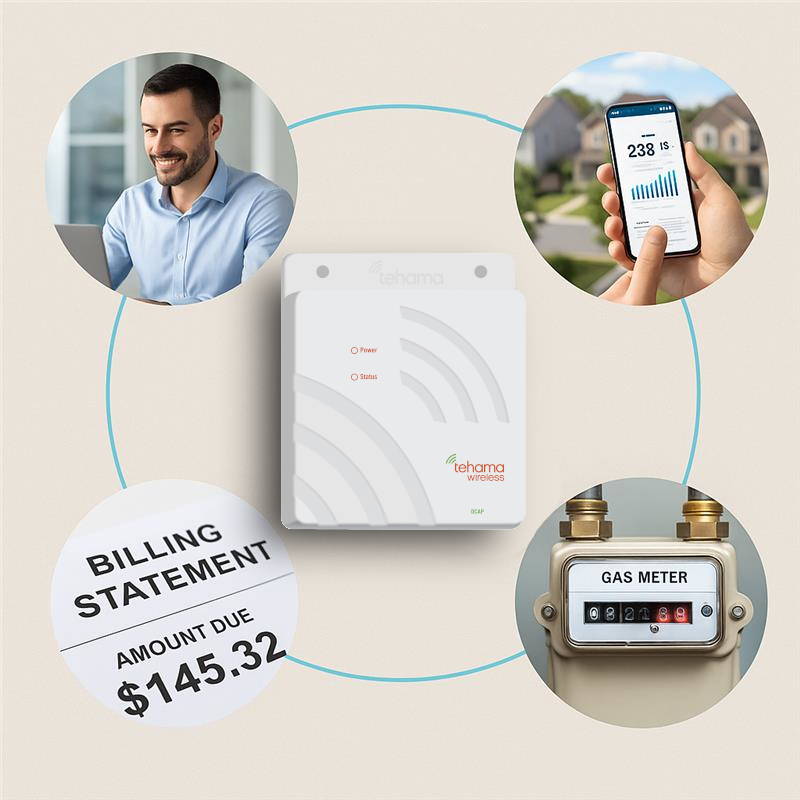
Applications
Multifamily
Housing
In multifamily housing, integrating multiple meter nodes assists property managers in accurately tracking and managing utility usage across various units.
Commercial
Properties
DCAP enhances operational efficiency in commercial properties by transmitting utility data to the cloud multiple times per hour, enabling near real-time monitoring of consumption.
Manufactured
Homes
DCAP simplifies monitoring for manufactured home communities, ensuring effective data collection and providing valuable insights into resource management.
ESG &
Sustainability
By offering detailed data management solutions, DCAP supports sustainability initiatives that help property owners reduce waste and promote conservation practices.
-
 Case Study | Guardian Water & Power
Case Study | Guardian Water & PowerGuardian Water & Power encountered significant challenges in outdoor submetering due to harsh weather conditions. Frequent disruptions led to costly repairs and inconsistent data collection, adversely affecting service delivery and customer trust. Recognizing the urgent need for a reliable solution, they sought innovative technology to enhance their operations.
Challenge
- System downtime due to harsh weather
- Repairs were difficult and costly
- Cellular technology meant inconsistent data collection
-
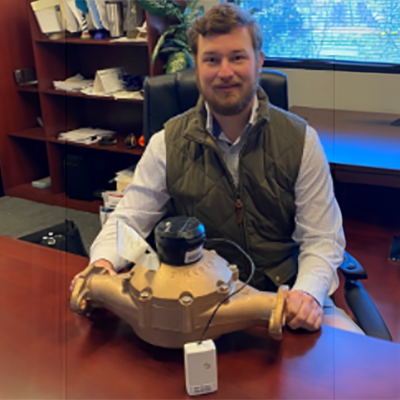 Case Study | Kimco Realty
Case Study | Kimco RealtyKimco Realty Corporation faced considerable challenges in billing their 7,000 tenants accurately for water usage across a diverse portfolio of retail properties. A lack of standardized methods for dividing costs led to disputes and frustration, resulting in millions in uncollected revenue. Recognizing this issue, Kimco sought innovative submetering technology to streamline billing processes and enhance tenant satisfaction.
Challenge
- Inconsistent tenant water billing methods
- Tenant disputes over water costs
- Millions lost in uncollected revenue
-
 Case Study | Fair Energy Submetering
Case Study | Fair Energy SubmeteringFair Energy Submetering faced challenges tracking utility usage and identifying issues such as leaks across various properties. In search of more detailed data for effective management, they turned to Tehama Wireless’ advanced submetering sensors. This innovative technology enabled swift identification of problems, allowing them to avert potential disasters.
Challenge
- Inaccurate tracking of utility usage
- Difficulty identifying leaks in properties
- Limited data hindered effective management
Documentation & Resources
| Input Type | Compatible with reed switch and piezoelectric pulse generator meters. |
| Communication Range | Up to 3500 ft (Standard), nearly 10 miles (MAX/LoRaWAN). |
| Battery Life | Operates on two field-replaceable AA lithium batteries with a typical life of 5-8 years. |
| Operating Temperature | Ranges from -20°F to 145°F. |
| Input Options | Available with single or dual pulse inputs for co-located setups. |
| Waterproof or Water-Resistant Options | Available in the Submersible model, a pulse or encoder unit, with non-field replaceable C battery, designed for use in environments where complete water exposure is expected. |
Central hub for receiving MDT and repeater data and forwarding it to the cloud via Ethernet, WiFi, or LTE.
Instructions for connecting the DCAP to the Internet using shared, dedicated, or LTE-based service options.
Instructions for configuring and sending custom daily reports from MDTs using email or FTP delivery.
Instructions for configuring a DCAP to connect to WiFi using a USB-to-serial adapter.
Comprehensive steps for configuring and integrating MDTs with the DCAP system
Template for importing site configuration data to Tehama Wireless.
Instructions for using the API to authenticate and retrieve site lists and metering data from MDTs.
Instructions for replacing a DCAP and its power supply in the field.
Fillable DCAP access form to transfer submetering billing provider access quickly and securely.
Tehama Wireless provides a five-year warranty for its products.
Videos
-
Introduction to the Web App
-
DCAP Troubleshooting
-
Web App Troubleshooting
-
DCAP-TFA Installation
-
Get Started with the Web App
-
Monitoring and Maintaining a System
-
Commissioning a Meter Display Using the Mobile App
-
Requesting and Approving Grants with the Web App
-
Wiring a Water Meter to an MDT
-
The CIT in Detail
-
Commissioning a Site
-
Hardware Setup
-
System Overview
-
Getting started with the CIT
-
Connect Mobile App Overview
-
DCAP Configuration
-
Commissioning MDTs and Repeaters
-
Setup CIT Alerts and Reports
-
Monitoring Data and Network Health
-
Configuring the Display on an MDT
-
Wiring the MDT to its Associated Meter
-
Introduction to the CIT
-
How to Find the IP Address of a DCAP
-
ModBus P2P Reads in the CIT and Web App
How It Works
Gateway or DCAP captures data from connected submeters and relays it to central management systems, ensuring accurate data collection and near real-time monitoring for improved utility management.
This diagram illustrates how Tehama Wireless devices work together to optimize metering solutions
Related Products
-
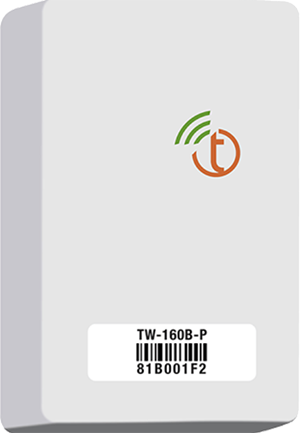 Pulse MDTTracks pulse output meter usage for accurate billing
Pulse MDTTracks pulse output meter usage for accurate billing -
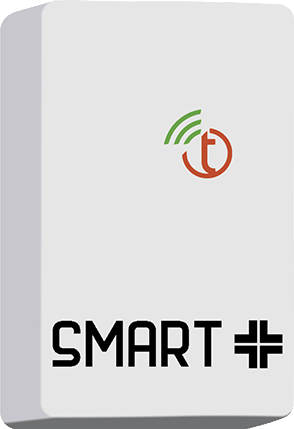 Smart+ MDTEnables near real-time data and advanced alerts with SunSonic® meters
Smart+ MDTEnables near real-time data and advanced alerts with SunSonic® meters -
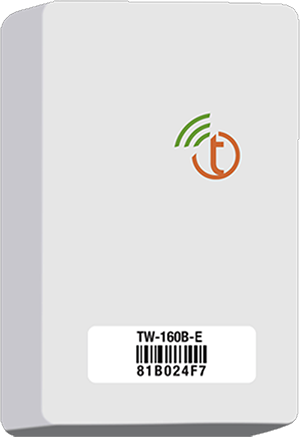 Encoder MDTTracks encoded output meter usage for accurate billing.
Encoder MDTTracks encoded output meter usage for accurate billing. -
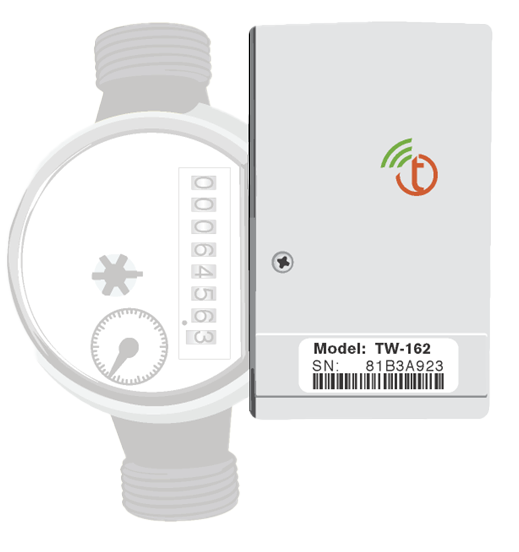 Outsider MDTDirect physical MDT connection on Norgas Versamag water meters.
Outsider MDTDirect physical MDT connection on Norgas Versamag water meters. -
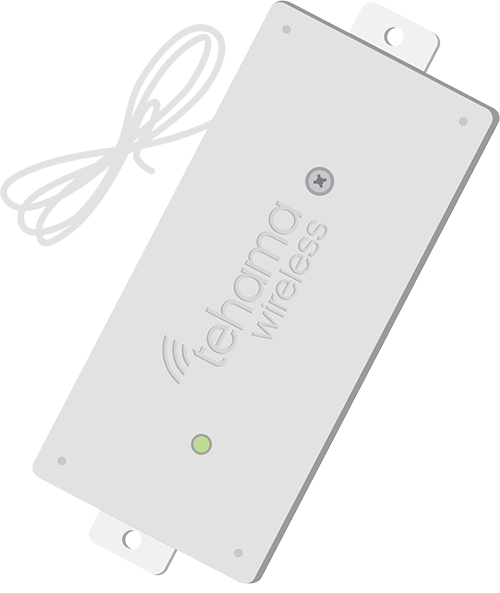 Leak Detection MDTQuickly detects leaks to minimize water events and reduce costly damage.
Leak Detection MDTQuickly detects leaks to minimize water events and reduce costly damage. -
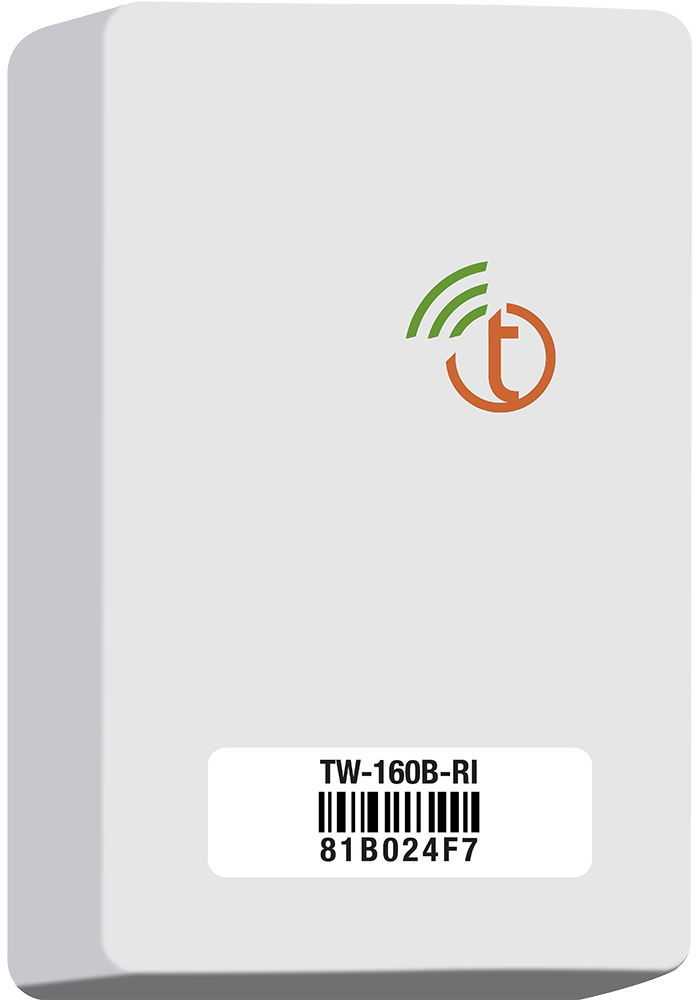 Runtime MDTTracks equipment operation time for accurate usage monitoring, maintenance planning, and performance insights.
Runtime MDTTracks equipment operation time for accurate usage monitoring, maintenance planning, and performance insights. -
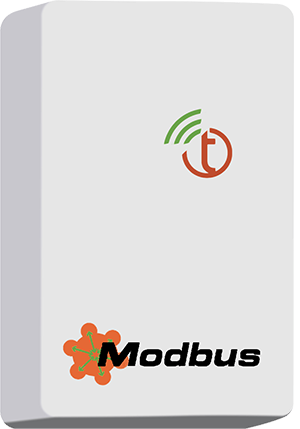 Modbus MDTIntegrates with ModBus P2P-compatible systems for enhanced data.
Modbus MDTIntegrates with ModBus P2P-compatible systems for enhanced data. -
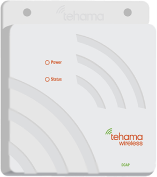 DCAP-TFAStandard DCAP functionality plus receives Inovonics PMT and repeater transmissions.
DCAP-TFAStandard DCAP functionality plus receives Inovonics PMT and repeater transmissions. -
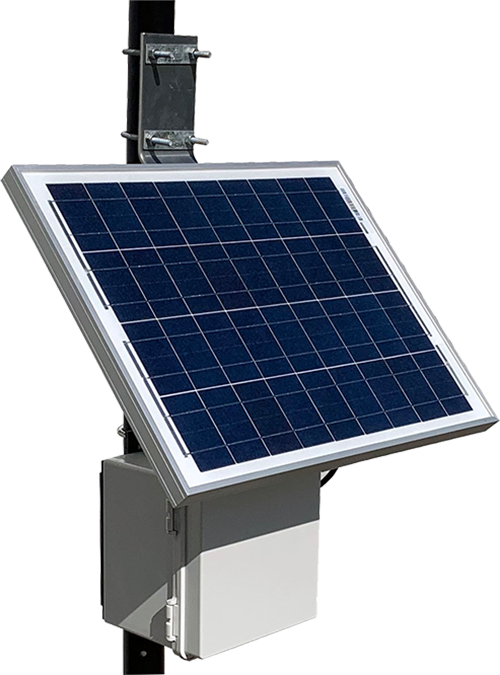 Solar DCAPProvides a complete solution for extending communication range in remote locations.
Solar DCAPProvides a complete solution for extending communication range in remote locations.
FAQs
DCAP is designed for use with Tehama Wireless's Standard and MAX range Automated Meter Reading (AMR) systems.
Yes, DCAP is available in Standard and MAX Range configurations, each suited to different communication needs and site requirements.
DCAP comes standard with Ethernet or WiFi connections, and there’s also an option for a built-in cellular module for properties without internet access. When using a cellular-enabled DCAP, configuration and monitoring data are stored in Tehama’s cloud system rather than accessed directly on the device. A Solar DCAP is also available for off-grid properties, though its behavior differs from the 12V model to conserve energy.
DCAP supports wireless communication ranges from 1 mile to 10 miles, with extended coverage enabled through repeaters (Standard and MAX) depending on configuration and environment.
DCAP operates on a 12VDC, 1A power supply via a 120 VAC wall transformer and consumes under 2 kWh per month on average. Newer DCAPs include an internal backup battery that can keep them running for up to eight hours during a power outage. To fully power down a 12V DCAP, remove the power and press the small blue button next to the Ethernet port for three seconds until the Power LED blips off.
Yes. Installation of DCAP is straightforward. Users can commission it through all Tehama software platforms, allowing for easy configuration and meter mapping.
Data transmitted by DCAP is encrypted during transmission, ensuring that sensitive information such as meter readings is protected throughout the data collection and transmission process.
DCAP collects, stores, and transmits meter readings from MDTs multiple times per hour, ensuring that data is consistently available and accessible in the cloud.
Yes. DCAP provides multiple data output options, including daily reports sent via email or FTP in standard CSV format, and supports an API for pulling data reads.
DCAP operates effectively in indoor temperatures from -10° to 145° F, with up to 90% relative humidity, ensuring durability in varied conditions.
Minimal maintenance is required. Regular checks on the power supply and network connections are recommended to maintain optimal performance.
es. DCAP can be configured to send alerts for various conditions based on the specific settings and parameters defined by users.
DCAP incorporates a robust embedded micro-computer and a comprehensive database for managing site information, along with an integrated radio transceiver for efficient communication with meter nodes.
Yes. If you plug in an Ethernet cable, the DCAP will prioritize Ethernet over the cellular module. Whether Ethernet or cellular is used, the data and configuration are stored in the cloud and must be accessed using the Access Code (AC). Direct CIT connections using an IP address are now read-only.
Currently the cellular DCAP can work on Verizon and AT&T networks. Unless otherwise specified at time of purchase, Verizon will be the default carrier.
Yes. If you purchase a cellular-enabled DCAP, the service can be turned on at any time through Tehama’s Web App, or enabled at the time of purchase.
Yes. If you plug in an Ethernet cable, the DCAP will prioritize Ethernet over the cellular module. Whether Ethernet or cellular is used, the data and configuration are stored in the cloud and must be accessed using the Access Code (AC). Direct CIT connections using an IP address are now read-only.
Yes it does!
On a Cellular DCAP, the Status LED will be solid green when connected but will blink once, twice, or three times every 20 seconds to indicate signal strength (3 = strongest, 1 = weakest). If cellular service has not been activated and Ethernet is not connected, the LED will appear orange and still blink for signal strength. It may toggle between green and orange if the last transmission attempt failed, but this usually self-corrects within an hour. When connected to Ethernet, the Status LED behaves as on previous DCAPs (solid green when communicating).
This is expected behavior. The DCAP radio is temporarily turned off when the cellular modem is active — a 30-60 second process that occurs every 12-15 minutes. An MDT that happens to wake and transmit during this window may lose sync, but it will retry at its next scheduled interval (usually one hour). Any missed data is stored and transmitted later, so no data is lost.
A Solar DCAP conserves energy to extend runtime. At night it shuts down the onboard processor, waking every hour to upload collected data (or less often if the battery is low). Because of this intermittent behavior, Solar DCAP is not recommended for sites requiring time-critical alerts such as standing water detection. During the day, once charged, it operates normally, sending data every 12-15 minutes. Note: after sunset, pressing a button on an MDT will not trigger an immediate upload because the processor is off.
The Solar DCAP will keep the radio network alive and collect data for nearly seven days without sun. When the battery is low, uploads occur every four hours; when critically low, uploads stop but data collection continues for another one to two days until the seven-day limit. Once sunlight returns, any stored data from the final days is uploaded to the cloud.
Related Blogs
Tehama MAX Range for Simplified Long-Distance Submetering
As property managers and business owners strive for enhanced efficiency in utility management, the…
Tehama Standard Range for Affordable Extended-Range Submetering
As property managers and business owners strive for cost-effective utility management, the choice…
Get on the Bus: Modbus and Its Expanding Role in Energy Management
Effective energy management is vital for maximizing operational efficiency and reducing costs. As…